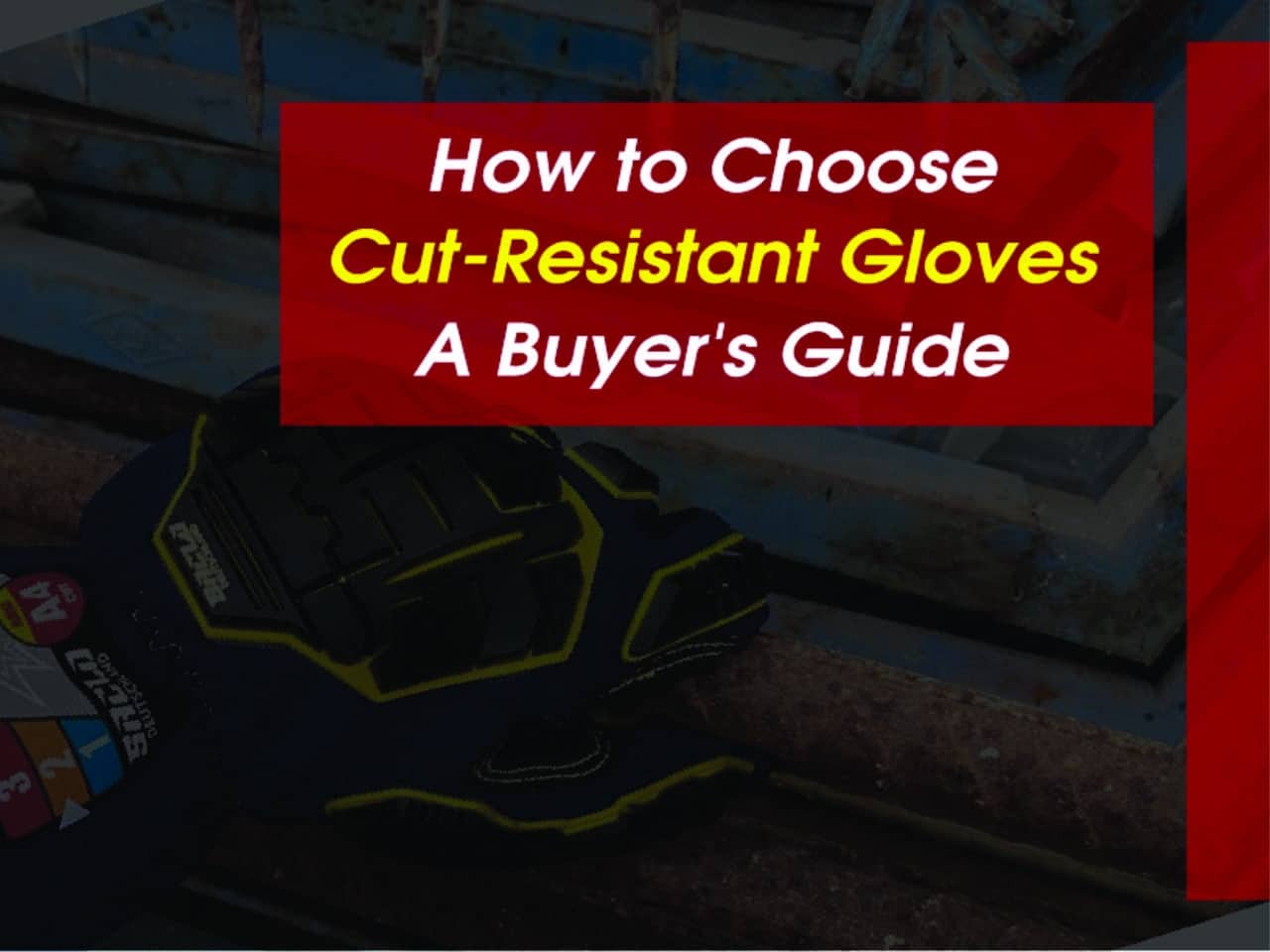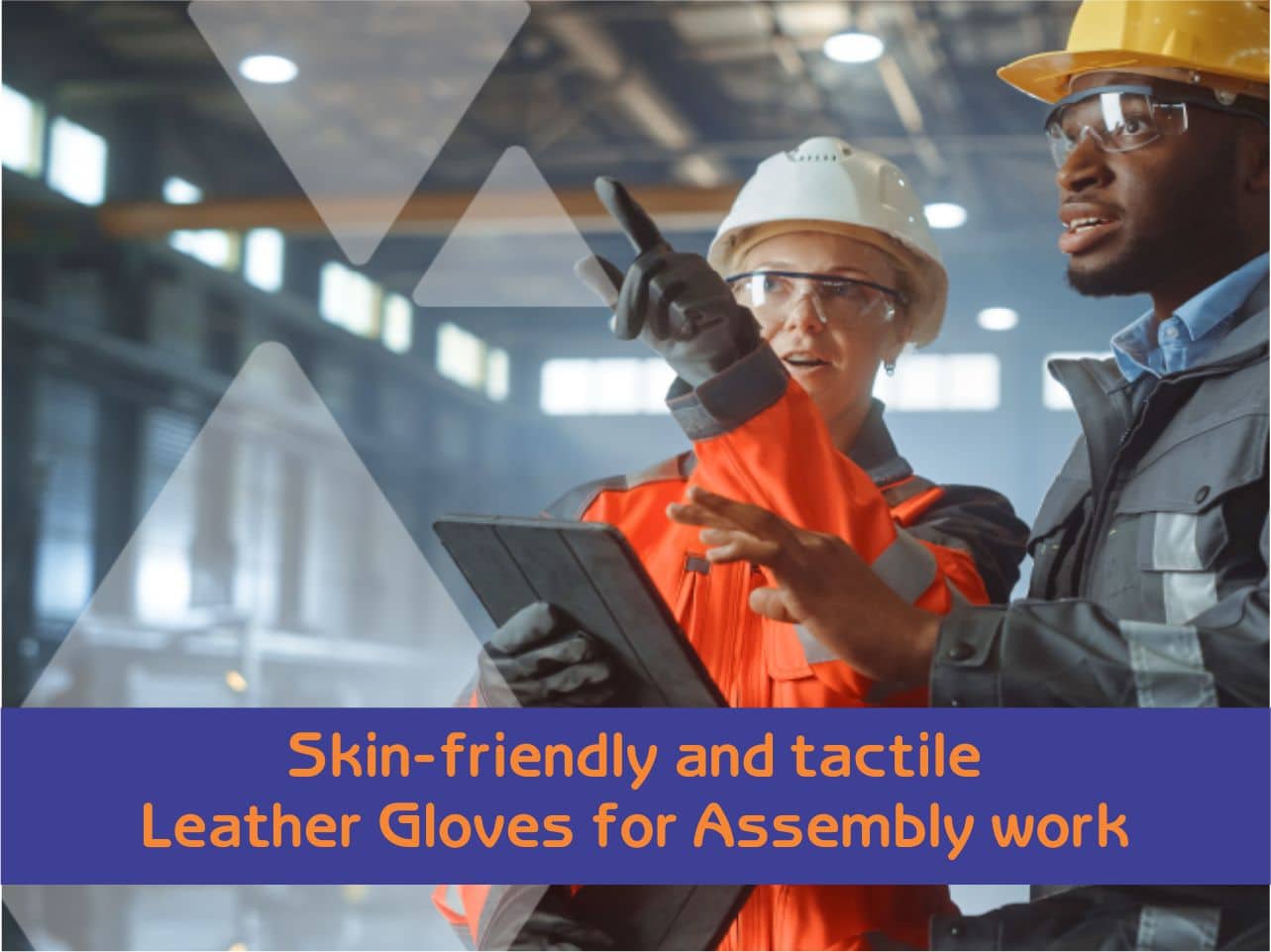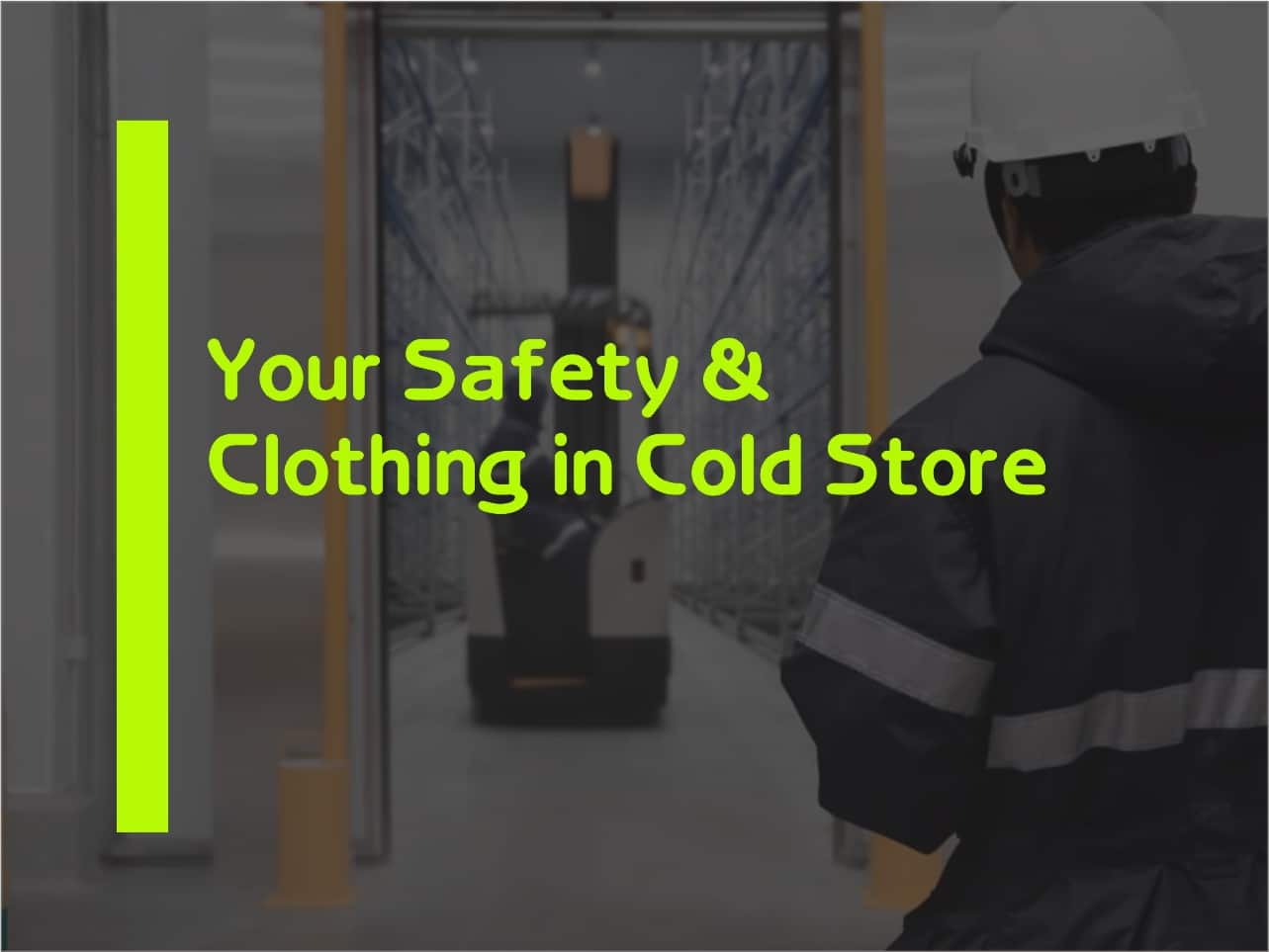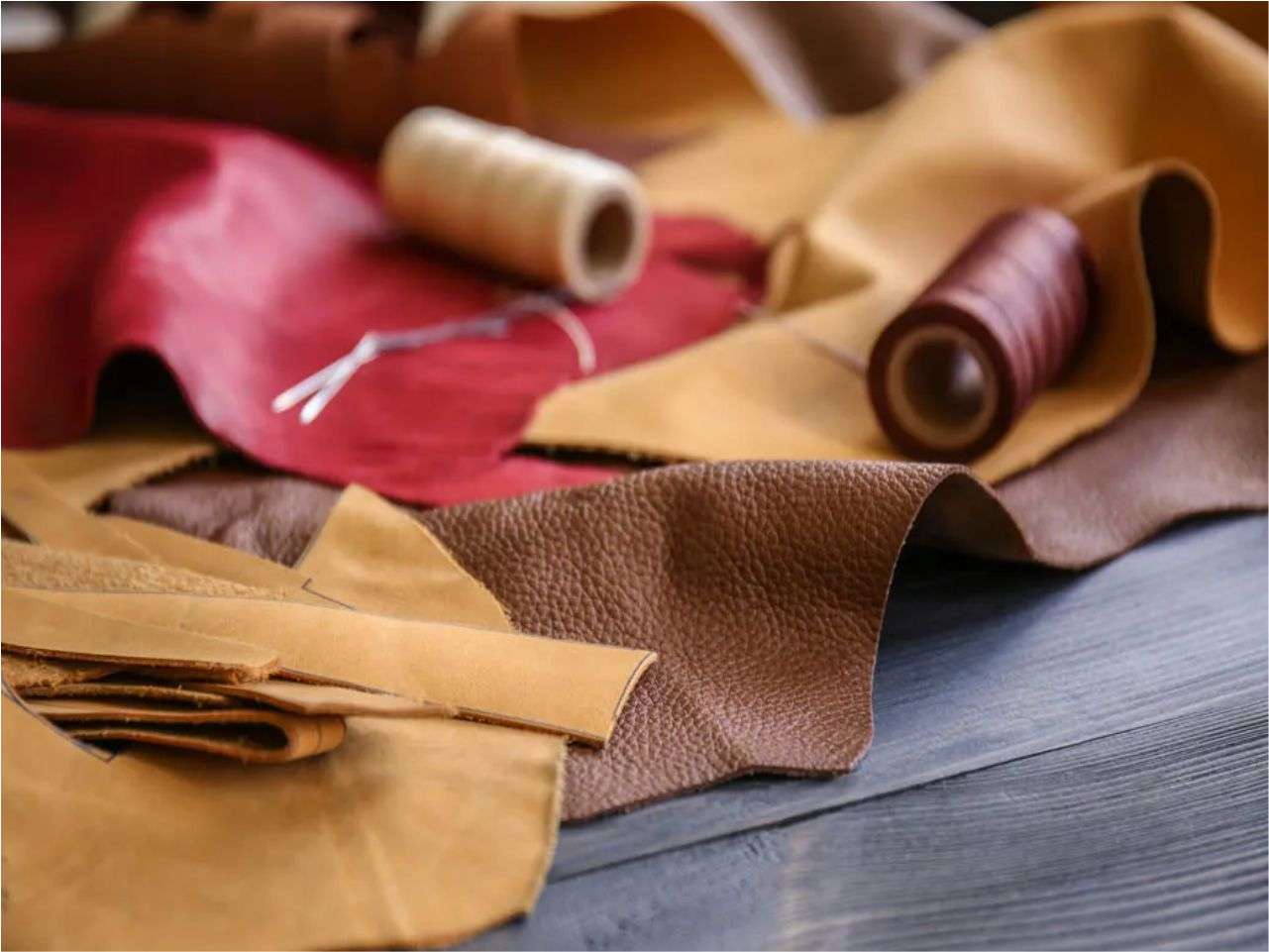Cut-resistant gloves are specialized gloves designed to provide protection against cuts and abrasions. They are commonly used in various industries where workers are exposed to sharp objects, such as glass, metal, or blades. These gloves are made from materials that offer resistance to cutting, slashing, or abrasion, providing a layer of protection for the hands.
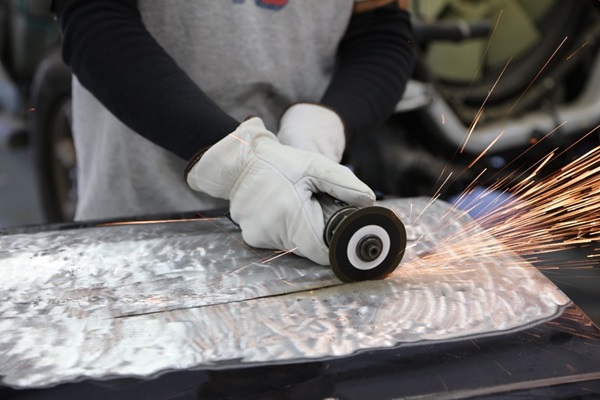
Cut Resistant Gloves Levels:
The cut resistance of gloves is often classified into different levels based on standardized testing methods. The two widely recognized standards are:
- European Standard (EN 388:2016 +A1:2018):
- EN 388 is a European standard that evaluates the mechanical properties of protective gloves.
- The standard includes tests for abrasion resistance, blade cut resistance, tear resistance, and puncture resistance.
- The blade cut resistance is rated on a scale from A to F, with F being the highest level of cut resistance.

- American Standard (ANSI/ISEA 105):
- ANSI/ISEA 105 is an American standard for hand protection that includes a cut resistance test.
- The cut resistance is rated on a scale from A1 to A9, with A9 offering the highest level of cut resistance.

How to Choose the Right Cut Resistant Gloves Level:
Choosing the right cut-resistant gloves level depends on the specific hazards and requirements of the task. Here are some factors to consider:
- Risk Assessment:
- Evaluate the level of risk associated with the tasks you perform. Consider the type and severity of potential hazards.
- Glove Material:
- Different materials provide varying levels of cut resistance. Common materials include Kevlar, Dyneema, and other high-performance fibers.
- Glove Construction:
- The construction of the gloves, such as seamless vs. seamed, can affect their performance. Seamless gloves often provide better comfort and dexterity.
- Grip and Dexterity:
- Consider the need for grip and dexterity in your work. Some tasks may require more flexibility and tactile sensitivity.
- Environmental Factors:
- Take into account the working environment, including temperature and moisture, as these factors can influence glove performance.
- Regulatory Compliance:
- Ensure that the chosen gloves comply with relevant safety standards in your region.

Always refer to the manufacturer’s guidelines and the specific standards (EN 388 or ANSI/ISEA 105) when selecting cut-resistant gloves. Additionally, regular inspection and replacement of gloves are essential to maintain their effectiveness and ensure ongoing protection.
If you are wondering to know Top Gloves Manufacturer in Sialkot Pakistan. check out our post here!


